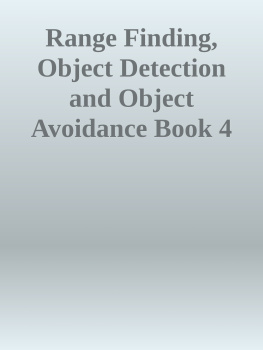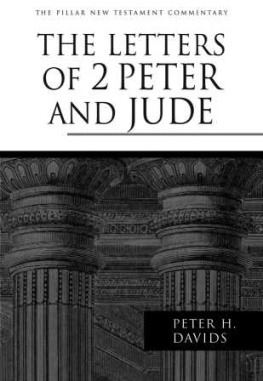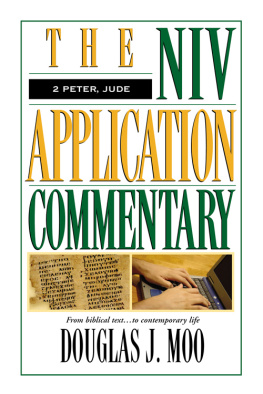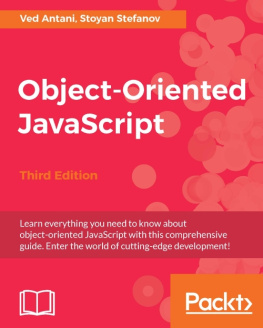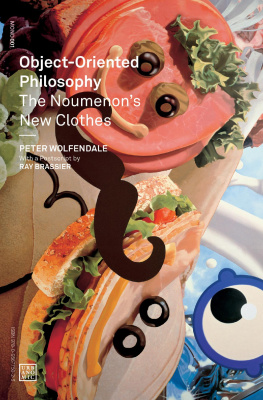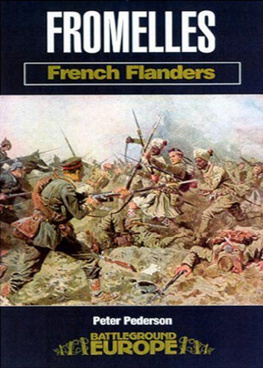Peter Lamarque - Work and Object
Here you can read online Peter Lamarque - Work and Object full text of the book (entire story) in english for free. Download pdf and epub, get meaning, cover and reviews about this ebook. year: 2010, publisher: OUP Premium, genre: Art. Description of the work, (preface) as well as reviews are available. Best literature library LitArk.com created for fans of good reading and offers a wide selection of genres:
Romance novel
Science fiction
Adventure
Detective
Science
History
Home and family
Prose
Art
Politics
Computer
Non-fiction
Religion
Business
Children
Humor
Choose a favorite category and find really read worthwhile books. Enjoy immersion in the world of imagination, feel the emotions of the characters or learn something new for yourself, make an fascinating discovery.

- Book:Work and Object
- Author:
- Publisher:OUP Premium
- Genre:
- Year:2010
- Rating:5 / 5
- Favourites:Add to favourites
- Your mark:
- 100
- 1
- 2
- 3
- 4
- 5
Work and Object: summary, description and annotation
We offer to read an annotation, description, summary or preface (depends on what the author of the book "Work and Object" wrote himself). If you haven't found the necessary information about the book — write in the comments, we will try to find it.
Work and Object — read online for free the complete book (whole text) full work
Below is the text of the book, divided by pages. System saving the place of the last page read, allows you to conveniently read the book "Work and Object" online for free, without having to search again every time where you left off. Put a bookmark, and you can go to the page where you finished reading at any time.
Font size:
Interval:
Bookmark:
Work and Object
Explorations in the Metaphysics of Art
Peter Lamarque


Great Clarendon Street, Oxford 0x2 6DP
Oxford University Press is a department of the University of Oxford.
It furthers the Universitys objective of excellence in research, scholarship,
and education by publishing worldwide in
Oxford New York
Auckland Cape Town Dar es Salaam Hong Kong Karachi
Kuala Lumpur Madrid Melbourne Mexico City Nairobi
New Delhi Shanghai Taipei Toronto
With offices in
Argentina Austria Brazil Chile Czech Republic France Greece
Guatemala Hungary Italy Japan Poland Portugal Singapore
South Korea Switzerland Thailand Turkey Ukraine Vietnam
Oxford is a registered trade mark of Oxford University Press
in the UK and in certain other countries
Published in the United States
by Oxford University Press Inc., New York
in this volume Peter Lamarque 2010
The moral rights of the author have been asserted
Database right Oxford University Press (maker)
First published 2010
All rights reserved. No part of this publication may be reproduced,
stored in a retrieval system, or transmitted, in any form or by any means,
without the prior permission in writing of Oxford University Press,
or as expressly permitted by law, or under terms agreed with the appropriate
reprographics rights organization. Enquiries concerning reproduction
outside the scope of the above should be sent to the Rights Department,
Oxford University Press, at the address above
You must not circulate this book in any other binding or cover
and you must impose the same condition on any acquirer
British Library Cataloguing in Publication Data
Data available
Library of Congress Cataloging in Publication Data
Library of Congress Control Number: 2010920509
Typeset by Laserwords Private Limited, Chennai, India
Printed in Great Britain
on acid-free paper by
MPG Biddles Ltd, Kings Lynn, Norfolk
ISBN 9780199577460
10 9 8 7 6 5 4 3 2 1
This is a selection of papers of mine on a tightly-knit cluster of issues regarding the metaphysics and ontology of art. Most, although not all, of the papers have been published before but I have reworked them all to a greater or lesser extent. I have tried to remove repetition but some points inevitably come up more than once, fitting into slightly different contexts. Also by tolerating a degree of repetition I have made it possible for each paper to be reasonably free-standing and readable independently of the others. Although I have given some care to the order in which the papers are presented (it is not the order in which they were written) so as to allow the arguments to develop, there is no harm in dipping into the volume at any point to reflect on specific topics.
Several themes weave through the papers and it might be helpful to give a brief overview of these so as to form a general picture of the areas covered. Here are some of the issues addressed:
On the face of it pictures, novels, poems, symphonies, improvisedjazz, sculptures, buildings, ballets, improvised dance, movies, conceptual art, photographs, and multi-media installations are a motley, ontologically speaking. Much philosophical ingenuity has been invested in finding unity here, notably through appeal to traditional categories like physical particulars, universals, mental entities, actions, and so forth. A central theme of the book is that such uniformity as there is lies in the idea of a work, while allowing that works can be particulars or types. The nature and ontology of works as cultural artefacts is explored, e.g. set against the realist paradigm of mind-independent objects; as are relations between works and mere objects, works and other kinds of artefacts (e.g. those defined through their functionsuch as tools or machines), and works and natural objects. Key theses defended on the ontology of works are: that works (including musical, pictorial, literary, sculptural, etc. works) are cultural artefacts among whose essential properties are intentional or relational properties (i.e. what they are as works is partially dependent on how they are taken to be by qualified observers); that works are distinct from the objects that constitute them; that they are underdetermined by physical or notational properties; but that they are nonetheless real (not merely ideal) entities, among the furniture of the world (though not of course natural), publicly perceivable, and objectively characterizable.
No attempt is made to define art and only tentative suggestions offered about how works of art can be delimited from the wider class of works (e.g. in relation to values). But some core issues in aesthetics are addressed: what aesthetic properties are (how they relate to non-aesthetic properties, how far they are intrinsically evaluative), the role they play in the identity conditions of works, the nature of forgeries and parodies, and the status of copies, performances, and variations. Key theses on aesthetic properties are: that some works possess some aesthetic properties essentially; that aesthetic properties are relational, resting partially on responses of qualified observers; that their relation to non-aesthetic properties is probably not best characterized as supervenience; that objects per se, including those that constitute works, do not possess aesthetic properties essentially; and that a case for aesthetic realism can be made.
The idea that works, perhaps all cultural artefacts, have essential properties that include intentional and relational properties is explained and defended. Works owe their existence to human acts and their continued survival to human attitudes; they have a beginning (i.e. they are not eternal, even those that are types) and they cease to exist when their essential intentional and relational properties, including generic and work-specific properties, are lost; the objects that constitute them might survive even though they (the works) do not. Epistemological questions are raised. What is it to perceive, experience, and understand works as described? What are the criteria for a qualified observer on whom norms of perception, experience, and understanding are dependent? What is it to experience a work as a work? How, for example in the case of a painting, does that experience relate to the experience (perception) of the physical basis of the work (i.e. the paint, canvas, colours, etc.)? Does it make sense to suppose that observers might be deeply mistaken about the properties of a work (in a way that they perhaps could be with natural objects)?
Mere objects have no intrinsic meaning; such meaning as they have they acquire through human activity and intentionality. Works, in contrast, given their essential properties, are intrinsically bearers of meaning or significance. In virtue of what? Do their meanings change as contexts of reception change or is their meaning tied to their identity? Meaning properties include what works are of or about but only some meaning properties are subject to interpretation. Key theses on these issues are: that the nature and methods of interpretation are relative to the objects of interpretation; that the debate between realists and constructivists on interpretation (whether or not interpretation can partially create the objects of interpretation) gains clarity in the light of the distinction between works, in the sense defined, and objects; that a robust, non-relativistic, view of interpretation can allow for a degree of construction.
Next pageFont size:
Interval:
Bookmark:
Similar books «Work and Object»
Look at similar books to Work and Object. We have selected literature similar in name and meaning in the hope of providing readers with more options to find new, interesting, not yet read works.
Discussion, reviews of the book Work and Object and just readers' own opinions. Leave your comments, write what you think about the work, its meaning or the main characters. Specify what exactly you liked and what you didn't like, and why you think so.

